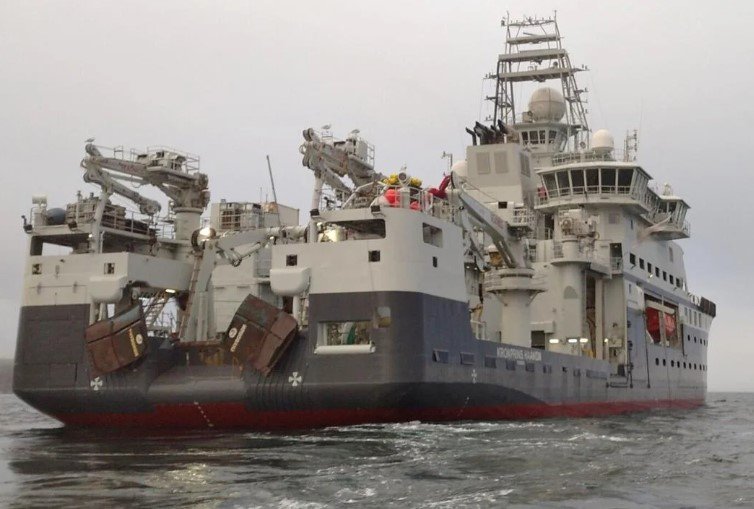In a groundbreaking discovery, scientists have unearthed a potential superbug slayer deep in the Arctic Ocean. This promising antibiotic candidate, found in microbes residing in the ocean’s depths, offers new hope in the fight against deadly viruses and antibiotic-resistant bacteria. The discovery comes at a crucial time as the world grapples with a growing antibiotic crisis, where resistant strains of bacteria are evolving faster than new antibiotics can be developed. This finding could pave the way for innovative treatments and a new era in medical science.
Unveiling the Arctic’s Hidden Treasures
The Arctic Ocean, often seen as a remote and inhospitable environment, has revealed a treasure trove of potential medical breakthroughs. Scientists embarked on an expedition to explore the ocean’s depths, driven by the urgent need to find new antibiotics. The harsh conditions of the Arctic have led to the evolution of unique microorganisms, some of which possess remarkable antibacterial properties.
During the expedition, researchers collected samples from invertebrates living in the Arctic Sea off Svalbard. These samples were then cultured and analyzed, leading to the identification of several promising compounds. Among these, two unknown compounds showed strong anti-virulence and antibacterial activity, sparking excitement in the scientific community.

The discovery of these compounds is particularly significant as they target enteropathogenic E. coli (EPEC), a strain responsible for severe diarrhea in children under five. By inhibiting the virulence of EPEC without affecting its growth, these compounds offer a novel approach to combating bacterial infections.
The Global Antibiotic Crisis
The world is currently facing a global antibiotic crisis, with resistant strains of bacteria emerging at an alarming rate. Traditional antibiotics are becoming less effective, and the development of new antibiotics has not kept pace with the evolving threats. This crisis has prompted scientists to explore unconventional environments, such as the Arctic Ocean, in search of new solutions.
Actinobacteria, a group of bacteria known for producing antibiotics, have been the focus of this research. While most licensed antibiotics have been derived from actinobacteria found in soil, the Arctic Ocean presents a largely untapped resource. The unique conditions of the Arctic have led to the evolution of actinobacteria with potentially groundbreaking properties.
The compounds discovered in the Arctic Ocean represent a new frontier in antibiotic research. By targeting the virulence of bacteria rather than killing them outright, these compounds reduce the likelihood of resistance developing. This approach could revolutionize the way we treat bacterial infections and address the growing threat of superbugs.
Future Implications and Research
The discovery of potential superbug slayers in the Arctic Ocean opens up exciting possibilities for future research and development. Scientists are now focused on further analyzing these compounds and understanding their mechanisms of action. Advanced screening assays have been developed to test the anti-virulence and antibacterial effects of hundreds of unknown compounds simultaneously.
The next steps involve extensive testing and clinical trials to determine the safety and efficacy of these compounds in humans. If successful, these new antibiotics could be a game-changer in the fight against antibiotic-resistant bacteria. The research team is also exploring other extreme environments, such as deep-sea trenches and volcanic vents, in the hope of discovering more unique microorganisms with medical potential.
The implications of this discovery extend beyond the medical field. It highlights the importance of preserving and studying our planet’s diverse ecosystems. The Arctic Ocean, once considered a barren and hostile environment, has proven to be a valuable source of scientific knowledge and potential medical breakthroughs. This discovery underscores the need for continued exploration and conservation of our natural world.
